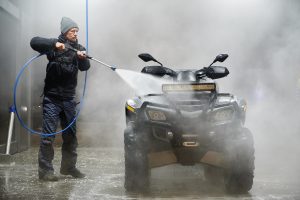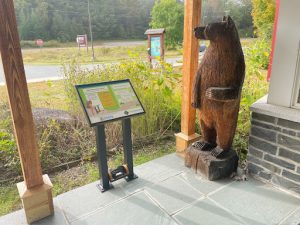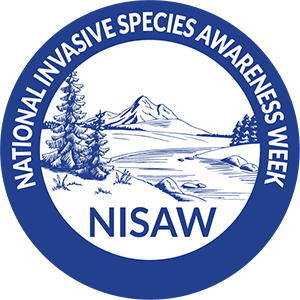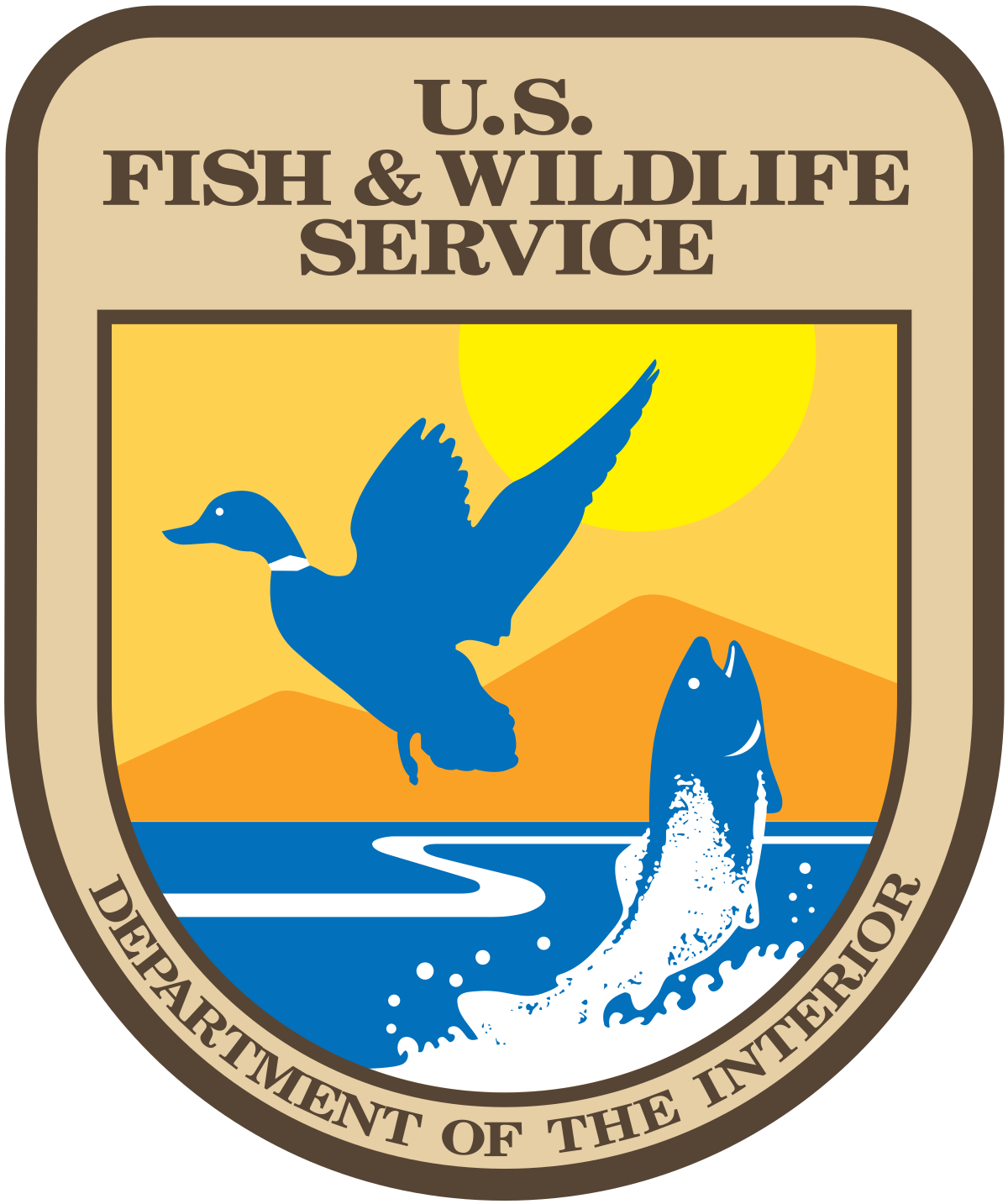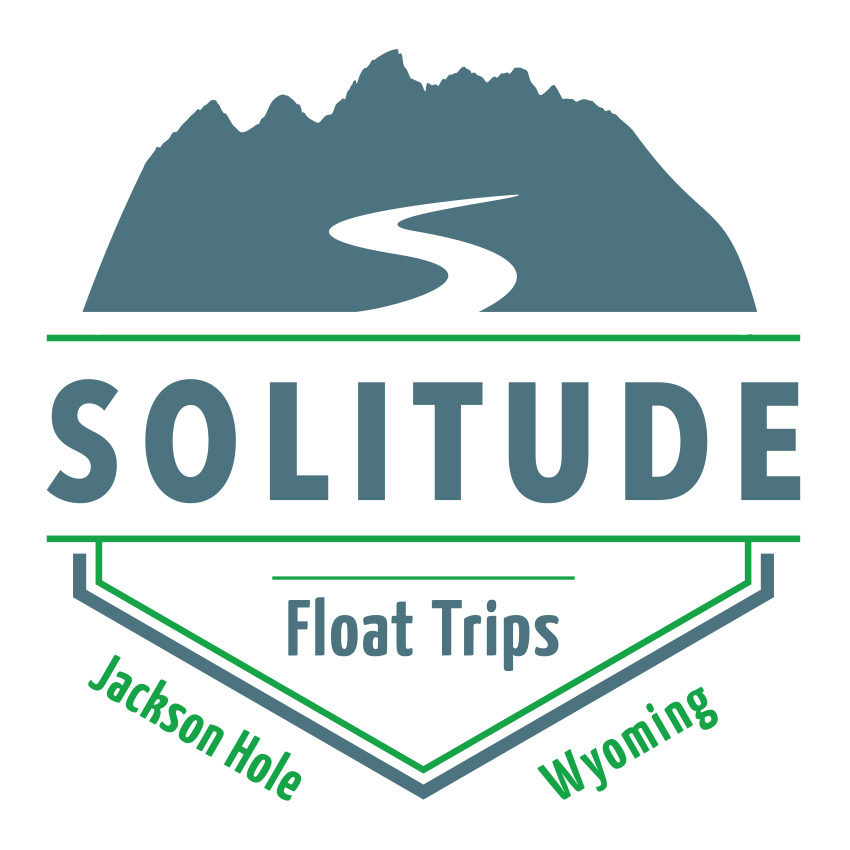At the age of nine, I learned how to have the most amazing adventures in a kayak…
After the initial kayaking lesson that my dad made me attend, where I was made to roll my boat in freezing waters on a dreary day, I was hooked. Most people would walk away and say, “Well, that was no fun, I’m never doing that again.” Not me. Through trial and error, I learned how to prepare for a kayaking trip, navigate sticky situations and protect the waters that I first fell in love with as a girl.
There was always something about getting onto the water with a dry bag packed with fruit snacks, Danimals and a Sunny-D that gave me butterflies. I’d paddle with Dad to eat said snacks at a sandbar on one of the local lakes. I got lulled to a snooze by the full belly, slow rocking of the waves and faint whistle of a bald eagle making its rounds around the water’s edge near the pines.
Now in my 30s, I pack my dry bag a little differently. While still full of snacks, I’ve swapped out the Sunny-D for a large National-Park-sticker-covered Nalgene full of water.
I’m also a much more confident and safer paddler after all these years. Many factors determine an awesome water adventure. No matter how vast or small your kayak trip may be, consider these tips for safe and environmentally responsible kayaking.
Weather
Make sure you check weather conditions for the location you plan to paddle, as sometimes it’s different from your home location. Weather kayakers care about:
- Is the temperature/forecast nice for the day?
- Is it windy or foggy?
- Is there a current?
Clothing
Dressing for the weather is imperative. I’ve made a habit to pack these things:
- I always bring an extra long-sleeve shirt, even on sunny days.
- Bring hats and sunscreen for UV protection.
Type of boat
Different bodies of water require different watercrafts. Always make sure to educate yourself on the location and type of boat that is best suited for the type of experience you are looking to have. Also, don’t forget your paddle! When I pick out a kayak I ask:
- Is this going to be a nice slow paddle on a calm lily pad covered pond, like the ones with my dad: snacks and a snooze? Or am I going sea cave exploring on one of the beautiful Great Lakes?
- Is the best choice going to be a recreational or a sea kayak?
- Do I have a way to safely transport my boat?
Safety
Weather can change in a blink of an eye, and accidents happen. This list is long, but it’s the most important one you will read:
- Tell someone where you’re going before leaving for any type of kayaking adventure. Whether it be for an hour or a day, letting someone know your plan is being a smart paddler.
- Always have a personal floatation device (PFD) on your boat. Having a PFD is a law because it can save your life! Bring the PFD! Not doing so can cost you a hefty fine or even worse, your life.
- Wield a whistle! A whistle is a small safety device that can be tied to your lifejacket and helpful if you find yourself in a sticky situation.
- Pack a pump! A small pump can help bail water if you notice you’re taking any in.
- Always make sure to check your plug before heading out – you’d be surprised at the water a missing plug can allow your boat to take in.
- Bottled water to stay hydrated is a must. Maybe even a granola bar or two! You burn more calories than you’d think. (And hey, who doesn’t like snacks?)
- Research boat traffic on the body of water you’re choosing to paddle. Is it mostly kayakers and canoers? Is it no wake? Are large motorboats flying around? If this is the case, are you confident enough for the larger waves these other watercrafts will create? This goes back to educating yourself on the location!
PlayCleanGo: Stop Invasive Species in Your Tracks®
For kayaks, canoes and other non-motorized watercraft, doing the following helps prevent invasive species from hitching a ride from one lake or river to another:
- Clean off visible aquatic plants, animals and mud from watercraft, gear, paddles, floats, ropes, anchors, dip nets and trailer before leaving water access. Scrub your hull using a stiff brush. Rinse watercraft, trailer and equipment with high-pressure hot water when possible.
- Drain water from watercraft, sponges, bailers and water containing devices before leaving water access.
- Dry everything five days or more, unless otherwise required by local or state laws, when moving between waters to kill small species not easily seen OR wipe with a towel before reuse.
- Learn more steps you can take by visiting the Stop Aquatic Hitchhikers page.
The most important part about preparing for kayaking is to be prepared to fall in love with it. Ever since I was a little girl with sun-bleached hair and a stubborn urge to always be outside, this sport has been one of my greatest go-to’s to unwind and unplug. Enjoy it! Take in the scenery. Listen to the eagles. And when you are packing up after your time on the water, wash your boat to remove any plants and other live material. After all, you want to leave with memories and a full heart, not a handful of invasive species.
By PlayCleanGo friend Alex B.


